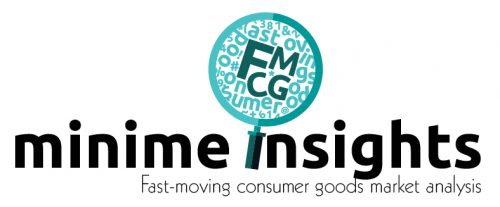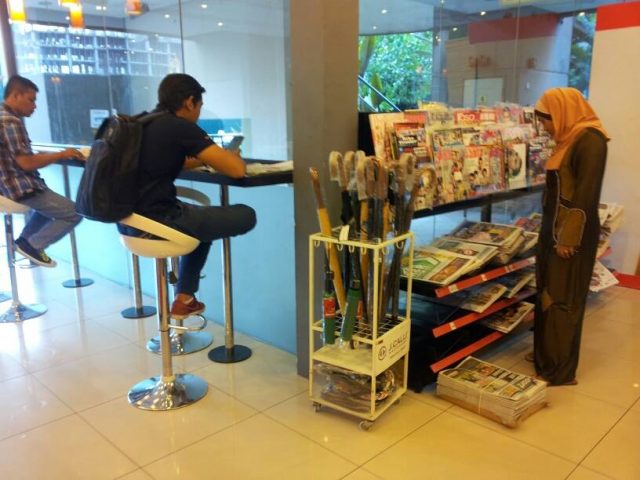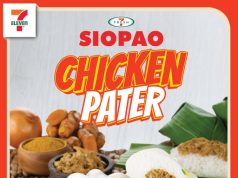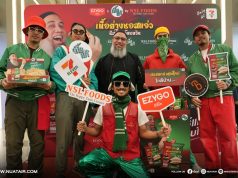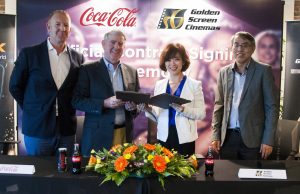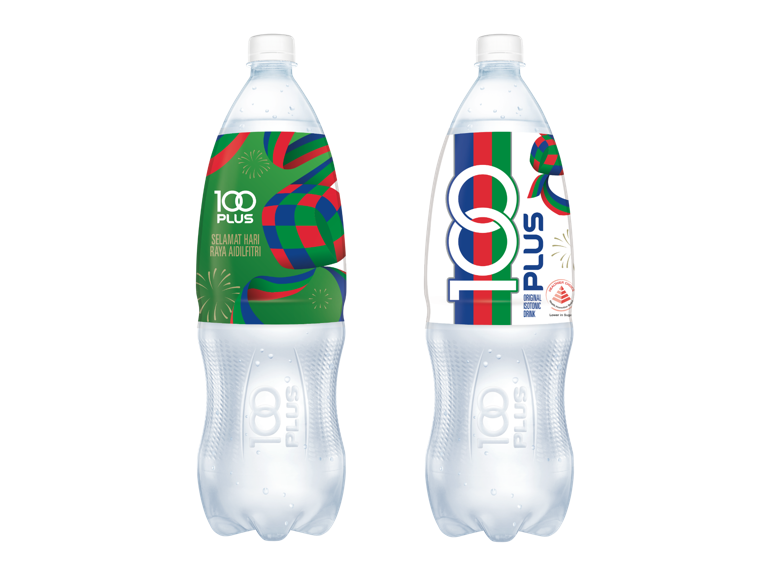7-Eleven Malaysia made a successful debut on the local stock exchange at the end of May 2014. Shareholders are laughing their way to the bank as the share price has increased by at least 27% as of 17 June 2014. Is this price gain sustainable given the already very high valuation?
As reported in an earlier blog posting on 13 May 2014, 7-Eleven is spending between RM 100,000 to RM 150,000 to refurbish each store. The plan is to renovate 200 stores each year from 2014 to 2016. Apart from having a better decor, the store (eg. Mont Kiara outlet) now comes with an indoor and some with an outdoor seating area. The reason for having a seating area is to make 7-Eleven a destination for a quick meal.
 |
| Plaza Mont Kiara outlet after renovation |
Malaysians love to read newspapers. The survey by GfK in 2013 found Malaysians ranked second in newspaper reading in the Asia Pacific region behind India with 82% of Malaysians reading newspapers on a weekly basis compared with the regional average of 62% and 84% in India.
However, Malaysians do not generally like to pay RM 1.20 to RM 1.30 for a newspaper. Where else can they enjoy their favourite newspaper than at 7-Eleven, which carries all the major dailies. After renovation, the seating area meant for the consumption of in-store food has now transformed into a place for people to read their newspaper in a cozy, air conditioned environment. Yes, they read the newspaper for free. After reading the newspaper, they just put the newspaper back to where they belong. Some of the stores do carry the sign “no free reading” but Malaysians generally ignore the sign.
| The sign says “Don’t throw rubbish here” |
Newspaper does serve a purpose as a loss leader. It gets people inside the store. Non-food & media (including newspaper) accounts for a significant share of revenue, accounting for 11.76% of total revenue in 2013 and 15.57% of gross profit. Probably after reading the newspaper for free, the patrons may walk away with a bread or a can of soft drink.
| Compiled from 7-Eleven Malaysia IPO prospectus |
To turn 7-Eleven into a place for a quick meal means having food that can attract customers. Most of the 7-Elevens in the region including in Thailand, the Philippines, China and Indonesia have embraced Japanese food including katsu, udon, oden and other Western snacks including hot dogs.
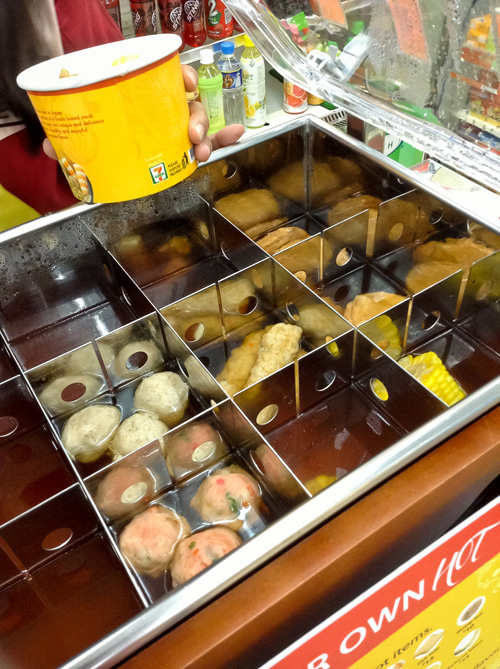 |
| 7-Eleven Philippines |
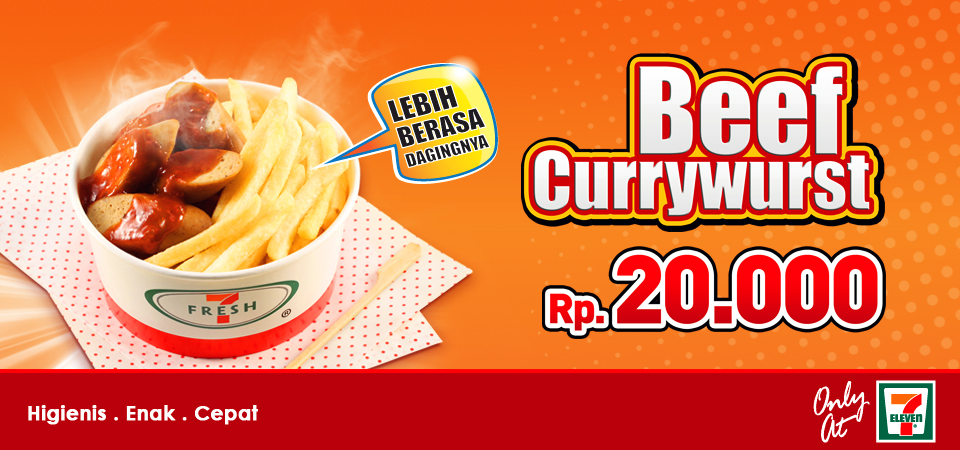 |
| 7-Eleven Indonesia |
So, the question is why 7-Eleven in other markets can come up with interesting food items but not in Malaysia. Fierce competition from hawkers and food vendors? Unable to compete with the humble nasi lemak sold by makcik on the road side?
 |
| Nasi lemak vendor |
Then, 7-Eleven Malaysia needs to think of new innovative food offerings so that people don’t just occupy empty seats reading newspapers 🙂 Or instead of launching food + meal combo, why not try newspaper + meal or food combo, the complete set to start your day.
 |
| 7-Eleven Indonesia has become a favourite hangout place, thanks to free WiFi, ample of seating area and a rich arrays of food. |
